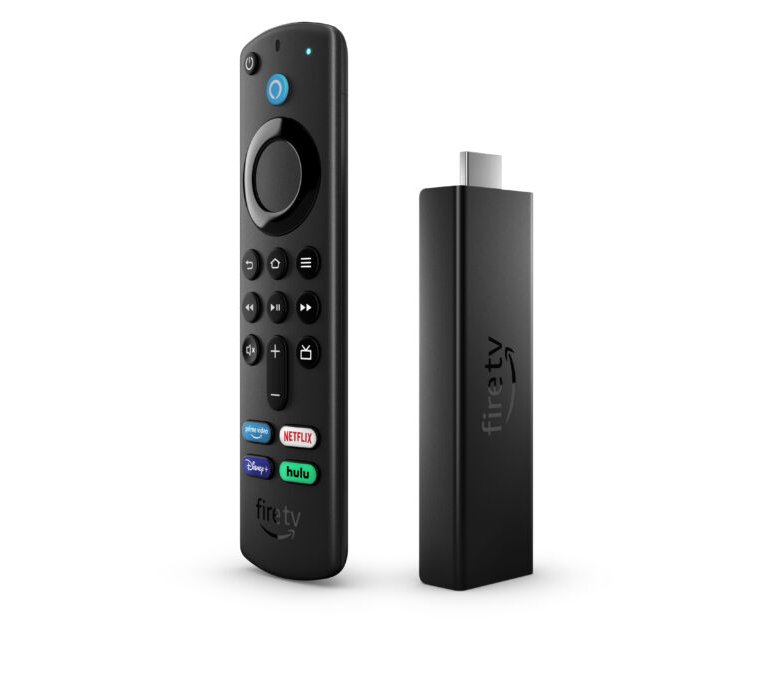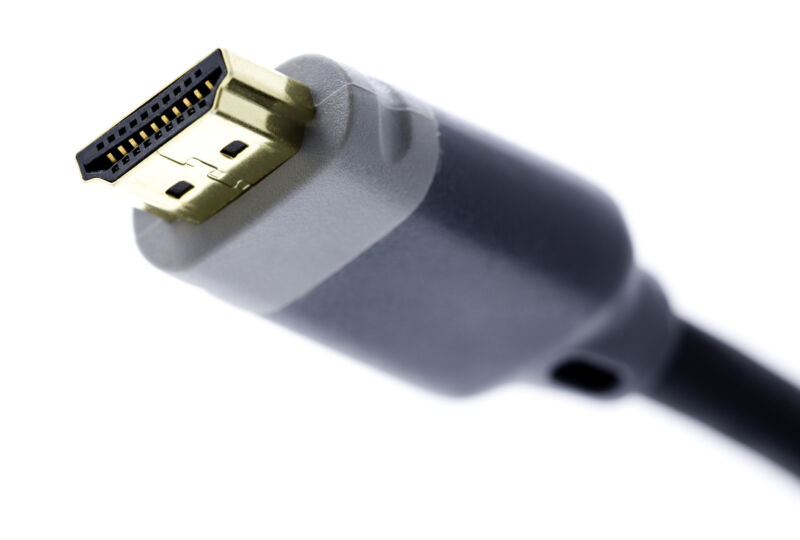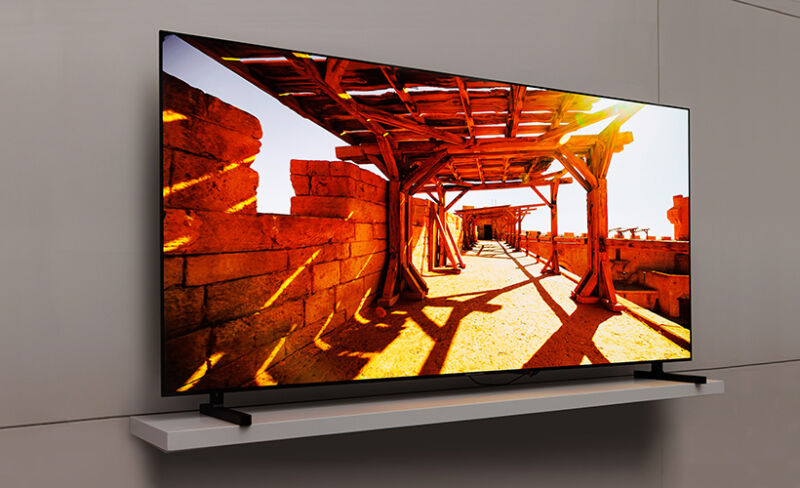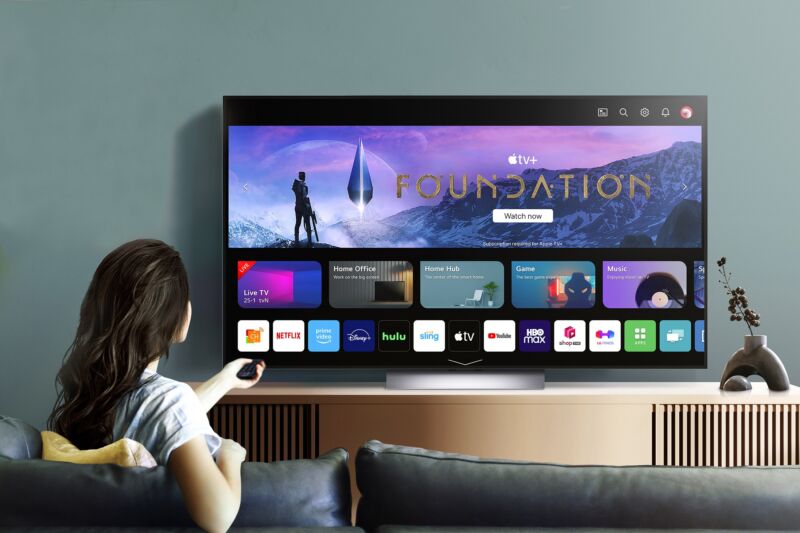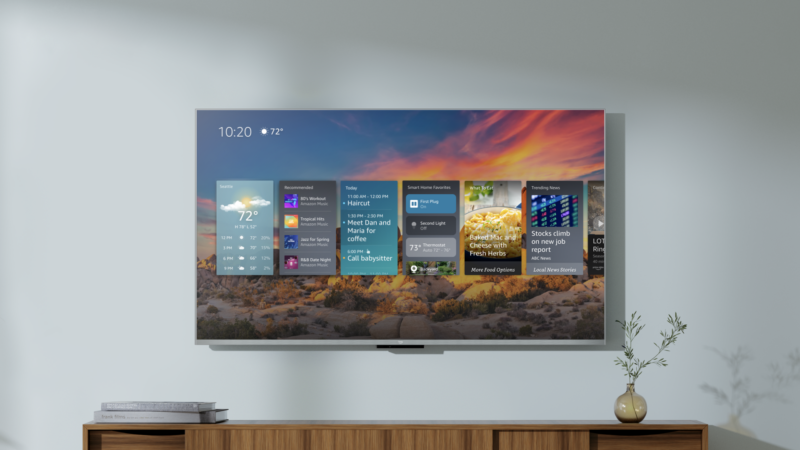-
 chevron_right
chevron_right
Double-screen ‘free’ TV will show you ads, even when not in use
news.movim.eu / ArsTechnica · Monday, 15 May, 2023 - 19:38 · 1 minute

Enlarge / The free Telly 4K TV has a second screen for showing ads. (credit: Telly )
What would you be willing to do for a free TV? If the answer is hand over information about what you watch, search for, and listen to on that TV and for how long, how much money your household makes, what food and brands you like, and your race and be subject to on-screen ads at any time, then Telly's got the deal for you.
The Telly TV announced today (and rumored to be en route since earlier this month) is a 55-inch 4K HDR TV with a five-driver soundbar connecting a second screen called the Smart Screen. The smaller Smart Screen is dedicated to showing ads and can also show relevant content, like news feeds from selected publications, weather, or scores from favorite sports teams. The TV has three HDMI and two USB ports (versions not specified) and a TV tuner and comes with a 4K Android TV streaming stick (you can use your own streaming device or service, but Telly doesn't come with support for third-party streaming apps, such as Hulu, The Verge reports).
Specs-wise, that's nearly all we know about Telly so far because the main thing the company, founded by free TV-streaming service Pluto co-founder Ilya Pozin in May 2021, wants you to focus on is shoppers' favorite four-letter word: free.


